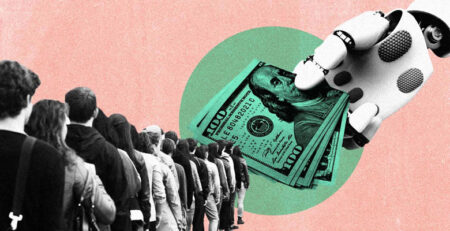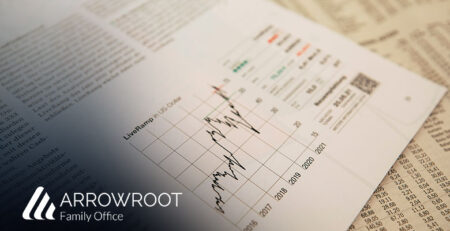Rates vs Reality: Why Higher Interest Rates Haven't Impacted the Economy Yet

Rob Santos
Chief Executive Officer
As CEO and founder of Arrowroot Family Office, I specialize in the overall management of the firm. I also work with affluent families on providing bespoke family office services, which include tax-efficient advisory and financial planning, M&A advisory, family governance and process advisory, and philanthropic initiatives.
MCO
MyComplianceOffice
A complete compliance management software platform that helps financial services firms unify their activities across conduct and regulatory compliance.


The Federal Reserve has raised interest rates by more than 5% since March 2022. It’s been the fastest pace of tightening in decades, but data shows the economy has been resilient thus far. The U.S. economy grew at a 5.2% annualized pace in the third quarter, which was the fastest pace since Q4 2021, due to robust consumer spending, increased government spending, and companies restocking inventories. In the labor market, companies continue to add jobs and increase wages, and the current 3.7% unemployment rate is low compared to history. Construction spending rose +10.7% year-over-year in October despite higher financing costs, with activity increasing in both the public and private sectors.
Why are the Fed’s rate hikes having only a marginal economic impact? As the two charts below show, there is a large gap between headline interest rates and the effective rate on existing debt. Figure 1 shows the average 30-year fixed-rate mortgage was 7.62% at the end of September. However, the effective interest rate on all existing mortgage debt was only 3.74%, or nearly 4% below the headline mortgage rate. Figure 2 reveals a similar dynamic in the corporate bond segment. The yield-to-maturity on a broad high-yield corporate bond index currently sits at 8.4%, a proxy for what new high-yield borrowers would pay. However, the average coupon on the bonds within the index, which more accurately reflects borrowers’ actual interest rate, is only 6.1%, or 2.5% below the current high-yield borrowing rate.







Leave a Reply